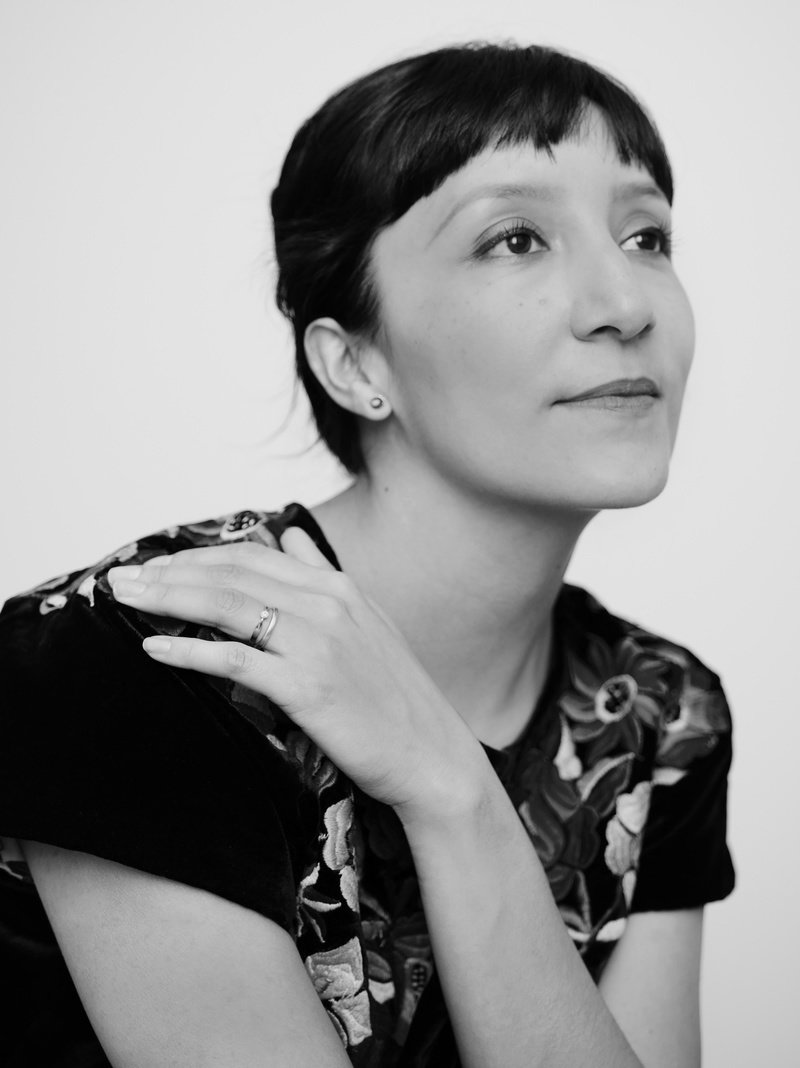Maria Gaspar
More Info
In the hands of Maria Gaspar, sculpture, sound, performance, and installation are more than artistic mediums—they are tools for investigating “the politics of location.” An interdisciplinary artist based in Chicago, Gaspar uncovers and challenges traditional power dynamics, addressing what she calls “spatial justice” by exposing systemic imbalances and making visible those whose voices are often marginalized or silenced. She works in sites overlooked by history, employing an arsenal of creative tactics that vary in scale and duration, with the ultimate goal of liberation—for oppressed groups and neglected locales. Her recent projects include site-responsive interventions related to Chicago's Cook County Jail. Gaspar is a recipient of the Imagining Justice Award from the Art for Justice Fund, a Robert Rauschenberg Artist as Activist Fellowship, a Creative Capital Award, and a Joan Mitchell Emerging Artist Grant. She is an assistant professor at the School of the Art Institute of Chicago.
Born 1980, Chicago, USA; lives and works in Chicago, USA
Born 1980, Chicago, USA; lives and works in Chicago, USA
Biennial Project
Unblinking Eyes, Watching, 2019Vinyl
Commissioned by the 2019 Chicago Architecture Biennial
Chicago-based artist Maria Gaspar critically analyzes the prison system through creative actions, exploring questions of social and restorative justice as they relate to the built environment. Since 2012 Gaspar has realized site-specific interventions and long-term community art projects at Cook County Jail, the largest single-site jail in the United States, located in the artist’s childhood neighborhood in Chicago’s West Side. Unblinking Eyes, Watching looks at incarceration from points of view both within and around the massive structure. The work is a large-scale photo mural developed from high-resolution images of the jail’s most historic wall, which faces a major intersection in a residential neighborhood; it demonstrates how the institution is a shared backdrop to the daily lives of those living on bothsides of its walls. Through visualizations of location, Gaspar asks how detention, surveillance, and policing mark our contemporary urban experience.
